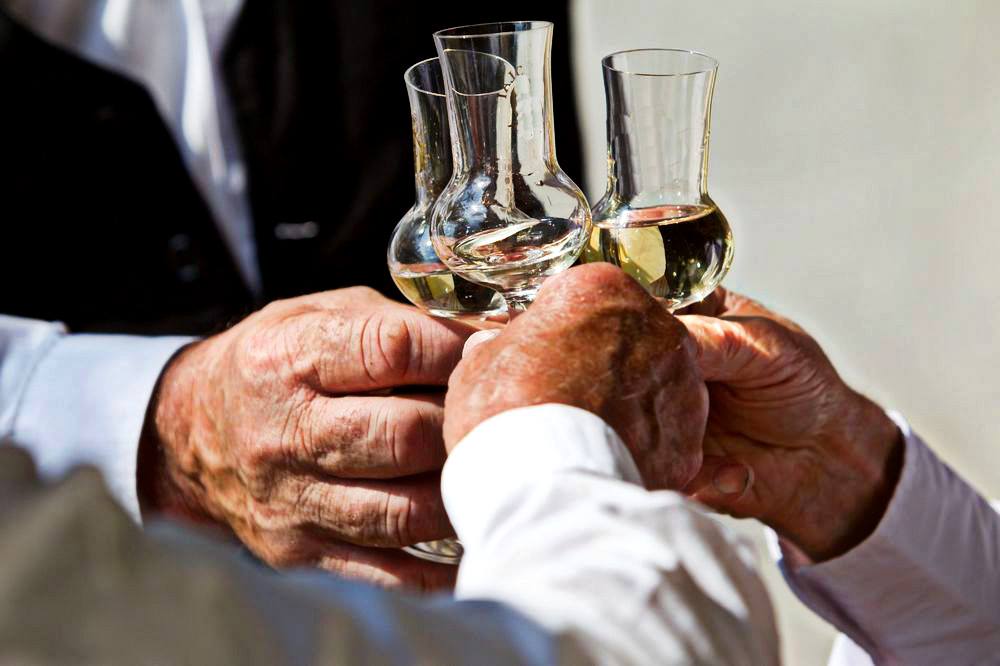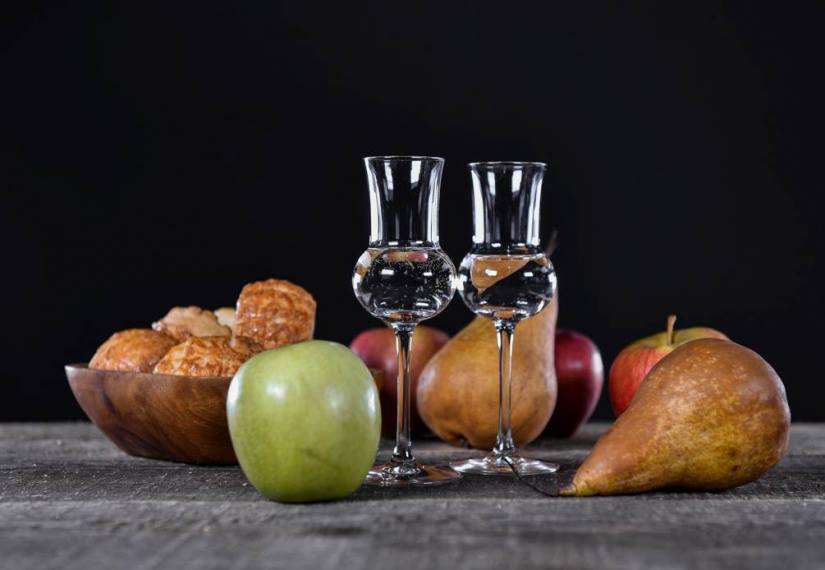Making good pálinka is not as hard as you think
Most Hungarians think about homemade “pálinka” in the same way to a certain extent. During a family meal or the visit of the relatives, a big plastic bottle of 1.5 litres, filled with pálinka is always there somehow.
A typical scene of the event is when the one who brought it shares it proudly with twinkling eyes and everyone, sitting nearby tries to evade it somehow – usually with no success. In the end, after tasting it they decide that they would never drink it again – in the meantime, certain men decide to prove their manhood by going for another round without being knocked out by the strong beverage.

According to divany.hu, Mónika Czakó and her husband, Gábor Czakó have been managing Bestillo Pálinakház (pálinka house), for a decade now. The started to learn cooking “pálinka” from the basic, and they have also been doing their own experiments in the meantime since then.
Móni says that choosing the right ingredients is the most crucial phase of the process – having the right quality of the fruit vital. They only work with those that they would also put on the family table. According to Gábor,
the quality of the pálinka depends on the quality of the ingredients in 80%.
They worked with controlled fermentation which means that they keep an optimal temperature in the surrounding environment for the mash, while the sugar content of the fruit transforms into alcohol. The process is controlled with certain kinds of yeast. According to Gábor, the selection of the yeast is based on its capability to make the most out of the unique character of the particular fruit that they work with.

After that, distillation follows, and it has three phases: pre-distillation, mid-distillation and post-distillation. The most valuable distillation is the product of the mid-phase and this is why the rest is separated.
Mónika suggests that those who choose this profession or want to make pálinka at home, always work with well-selected fruit. The mash should be cooled down and kept between 14-16°C during the fermentation process. They should also keep in mind that the process generates heat, so the temperature of the mash is 4-5°C higher than its environment’s.
“In rustic villages that plum and pear are collected for a while, stored on the same barrel and only cooked after one and a half months”
– says Móni, introducing a horrible practice.
“The fermentation of the mash takes only 4-6 days – after that, you can wait for two days, but then you have to start cooking it otherwise oxidation starts and which results in deterioration”
– adds the expert.
She does not recommend to add sugar either because it dilutes the aromas and even if we get more pálinka, the quality of it gets worse. Neither should we set the alcohol grade with the post distillation. We should use clean water for dilution instead.
You can read about some delicious recipes with pálinka here. You can also learn about the history of Hungarian pálinka here.





